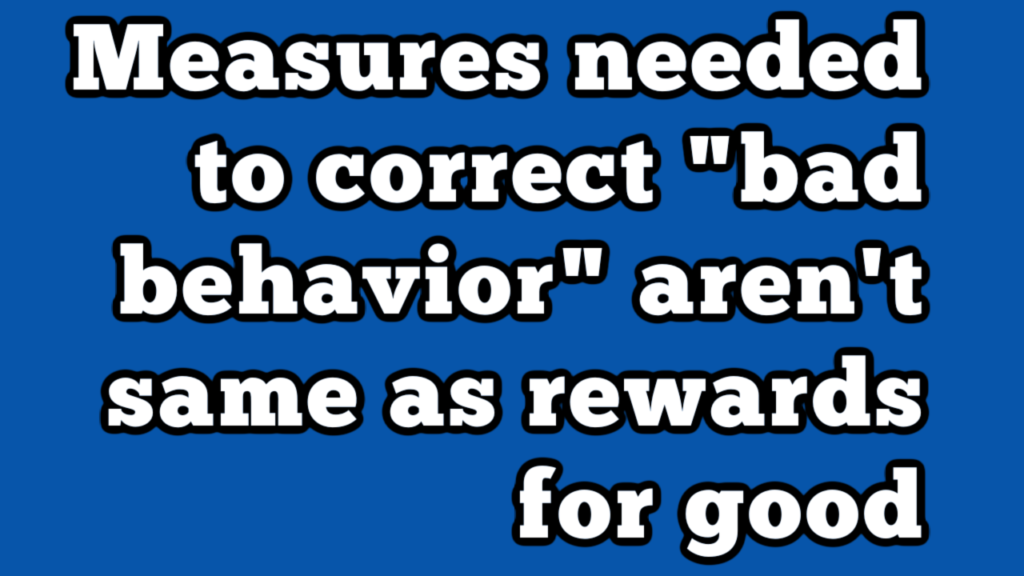Measures needed to correct “bad behavior” aren’t same as rewards for good

Here’s some interesting commentary from Harald Walkate:
I recently talked about a phenomenon that I often observe in ESG and climate change discussions and initiatives: the “ESG is like a See-saw” fallacy – the misguided idea that the measures needed to correct ‘bad behavior’ are the same measures needed to encourage ‘good behavior’.
This excellent article by Nadia Ameli, Michael Grubb and Sumit Kothari offers a good example of this fallacy: it criticizes the idea that (1) disclosure will get investors to stop investing in ‘dirty’ assets, and (2) THEREFORE move their capital to ‘clean’ assets. The idea is this: “more transparency on climate risks and the fear of stranded assets should push investors away from dirty assets and increase appetite for green investment”. And should you think that this is just semantics, or an academic debate of little consequence: government and regulatory policies like SFDR, as well as initiatives like GFANZ are based on the idea.
However, as the authors note, not only is transparency insufficient to force investors to move away from carbon intensive assets, this idea rests on the assumption that – even *if* investors move away from carbon intensive assets – this means they will ‘switch’ to clean assets.
“It sounds sensible, but in reality, there is no single ‘energy investment system’ where capital easily moves from one technology towards the other.”
In other words, the tools that will drive investors away from ‘dirty’ assets are different than the tools needed to attract investors to ‘clean’ assets. ESG is *not* a see-saw.
And then the authors also point out that all this fuss about disclosure distracts from the measures that will really address climate change, which by now should be a familiar refrain for anyone following this space: stimulating green technology innovation, industry policies, finding ways to direct capital to emerging markets…
